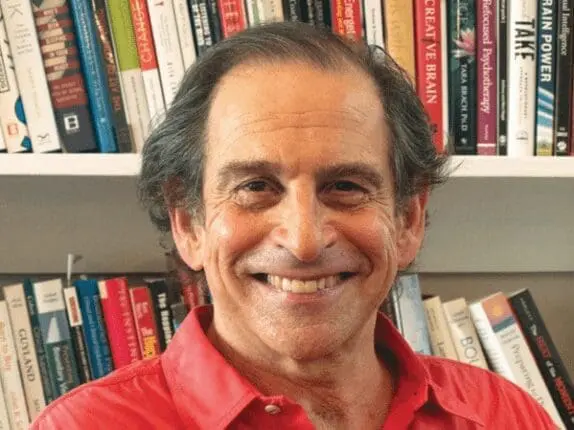Back when I was in graduate school (granted, an eon ago), a psychotherapist was viewed as top dog in the therapy room, a benign but undisputed authority on matters of growth and healing. In class, we watched videos of the virtuosos—Fritz Perls,Virginia Satir, Salvador Minuchin—and witnessed them seize full, magisterial control of the therapy hour, while most of their clients dutifully did as they were told—dove into their childhoods, enacted family dramas, reframed their self-defeating beliefs—and then eagerly awaited transformation.
Rich Simon
Richard Simon, PhD, founded Psychotherapy Networker and served as the editor for more than 40 years. He received every major magazine industry honor, including the National Magazine Award. Rich passed away November 2020, and we honor his memory and contributions to the field every day.












